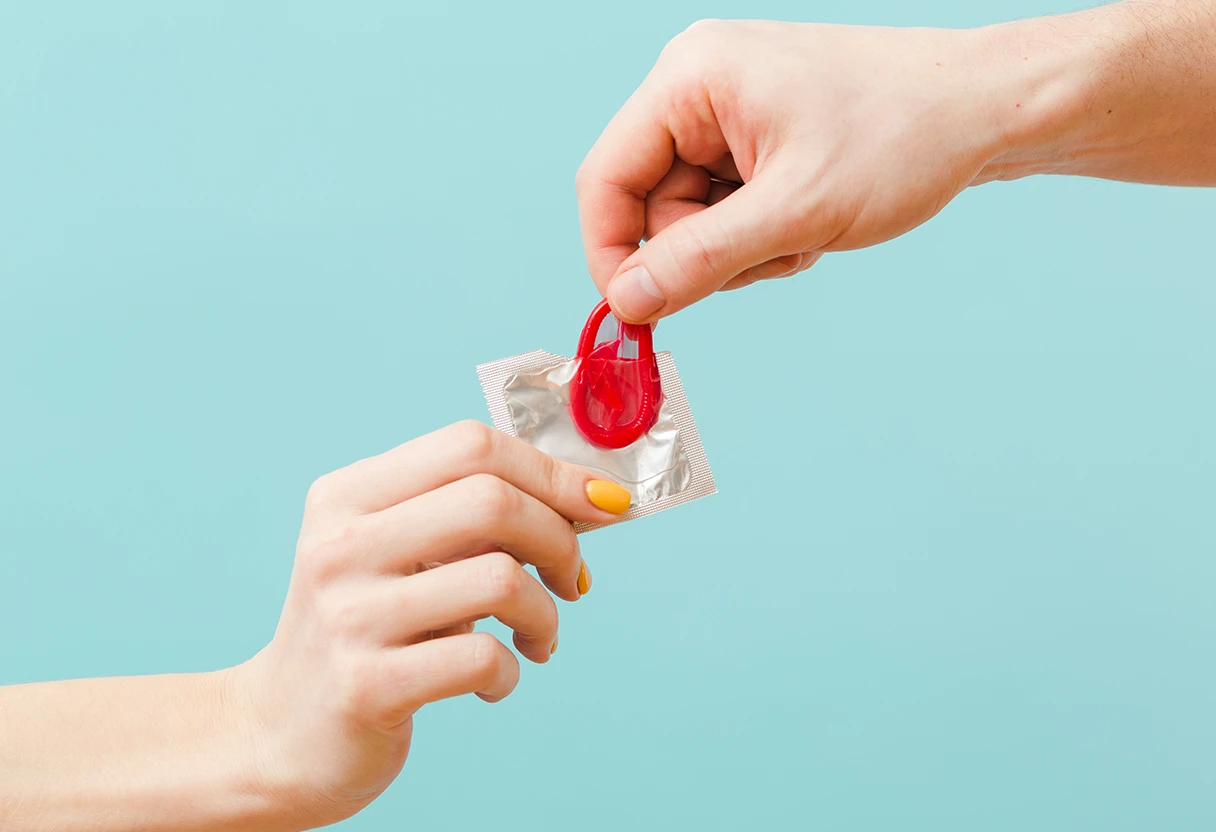
Pull-Out Method: Risks, Effectiveness, and STD Protection Explained
For many couples and individuals, the pull-out method (also called withdrawal) may seem like a natural, hormone-free way to prevent pregnancy. It's easy, convenient, and doesn’t require any tools or prescriptions. But is it actually safe? Can it prevent STDs? What are the chances of getting pregnant using this method? Let’s break it down clearly and honestly.
What Are the Risks of the Pull-Out Method?
The basic idea behind the pull-out method is simple: the penis is withdrawn from the vagina before ejaculation to avoid sperm entering the uterus. However, even though it sounds straightforward, the real-world application is far from perfect.
Some of the main risks include:
- Pre-ejaculate can contain sperm: Even before ejaculation, the penis can release a small amount of fluid called pre-cum. This fluid may contain enough sperm to cause pregnancy, especially if there’s leftover sperm from a recent ejaculation.
- Timing is everything: The method depends entirely on the partner pulling out on time, every time. This requires a lot of self-control and awareness, which isn’t always realistic, especially in the heat of the moment.
- No protection against infections: Withdrawal doesn’t protect against sexually transmitted infections (STIs). There’s no barrier, so infections can still be transmitted through fluids or skin contact.
- High typical-use failure rate: Statistically, about 22 out of 100 people who use this method as their only form of contraception will get pregnant each year. With perfect use, the failure rate drops to around 4%, but perfection is rare.
Does the Pull-Out Method Prevent STIs?
No, it doesn’t. This is one of the biggest misconceptions about the pull-out method. While it may reduce the risk of pregnancy to some extent, it does nothing to stop the spread of STIs.
Infections like HIV, gonorrhea, chlamydia, syphilis, HPV, and herpes can all be transmitted through vaginal, anal, or oral sex even without ejaculation. Skin-to-skin contact and exposure to bodily fluids are enough to pass many of these infections from one person to another.
If STI protection is a priority, and it should be, condoms are your safest bet. They act as a barrier and offer significant protection when used correctly.
Pull-Out Method Effectiveness: How Reliable Is It?
While the pull-out method can reduce the chances of pregnancy, it’s far from foolproof. Here's a quick comparison:
- External (male) condoms: Worn over the penis
- Internal (female) condoms: Worn inside the vagina
Perfect use: Around 96% effective - this means 4 out of 100 couples will become pregnant in a year.
Typical use: Around 78% effective - 22 out of 100 couples will experience an unintended pregnancy in a year.
So why the gap? Because “perfect use” requires exact timing, strong control, and zero mistakes, something that’s hard to guarantee every single time.
Also, many people underestimate how easy it is for pre-cum to carry sperm or how difficult it can be to time withdrawal precisely.
Pre-Cum and Pregnancy Risk: What You Need to Know
Pre-cum (pre-ejaculate) is the fluid that’s released before full ejaculation. Its purpose is to lubricate the urethra and neutralise acidity. But here’s the key issue: studies have shown that pre-cum can contain viable sperm, especially if a man hasn’t urinated since his last ejaculation.
While the concentration of sperm is usually lower than in a full ejaculate, the risk of pregnancy is not zero. So if you’re using the pull-out method and relying on the absence of ejaculation as protection, it’s still possible to get pregnant.
Conclusion
The pull-out method may be better than no protection at all, but it comes with significant risks. It’s not highly reliable for pregnancy prevention and provides no protection against STIs. If you’re sexually active and serious about your health, consider combining withdrawal with condoms or talking to a healthcare provider about more effective methods.
Everybody is different, and every couple has unique needs. What matters most is being informed, respectful, and honest with yourself and your partner.
Safe sex isn’t just about preventing pregnancy; it’s about taking care of your body and your future.

